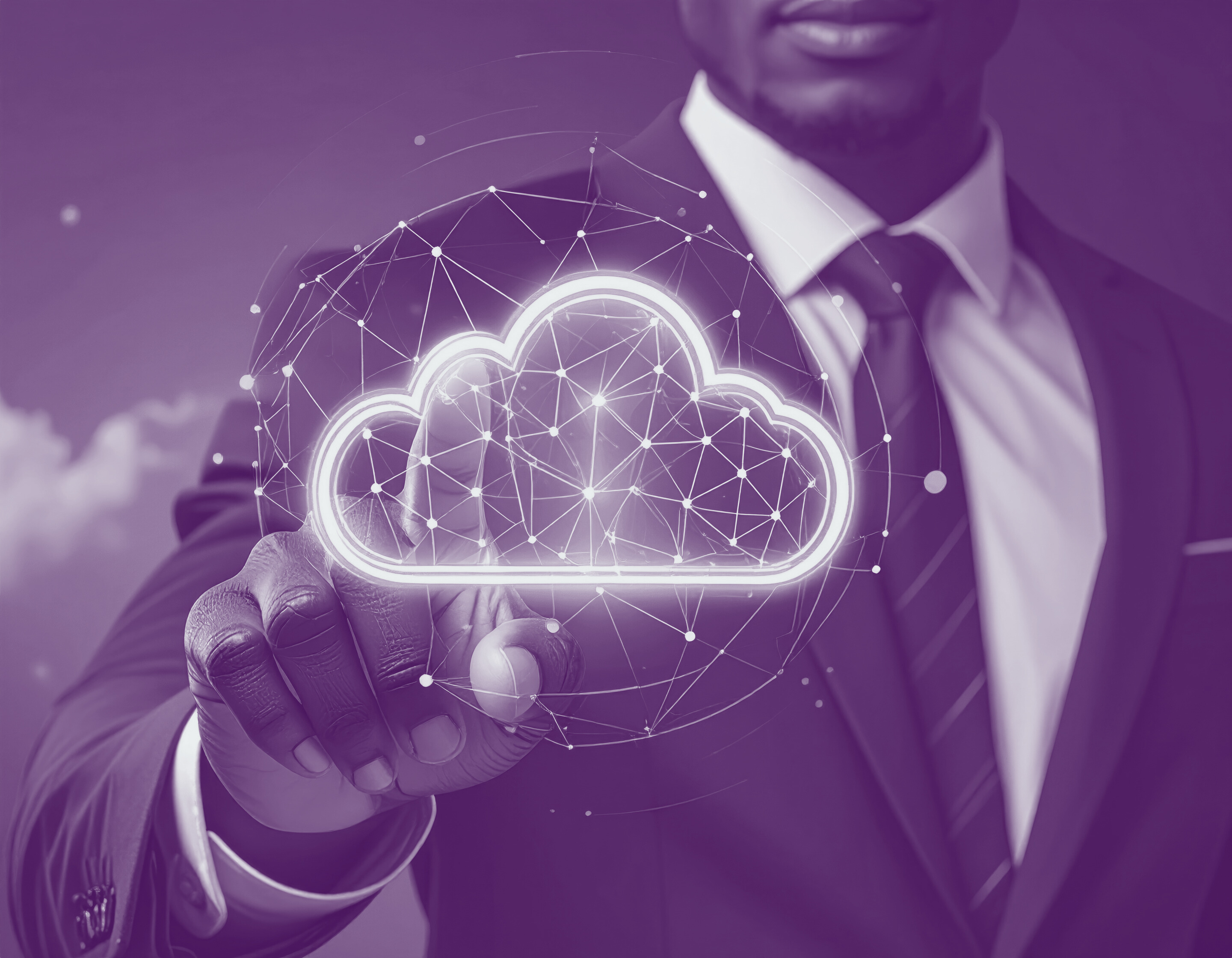5 min read
IT/OT Convergence Explained: Drivers, Risks, and Real-World Examples
TRUE IT/OT CONVERGENCE STARTS WITH PROTECTING THE PROCESS, THEN UNLOCKING DATA YOU CAN TRUST When people talk about IT (Information Technology) and...

It helps people analyze information, write reports, and finish everyday tasks faster. What began as an emerging technology has quickly become part of daily operations across nearly every industry.
A recent data security report shows that this progress comes with new risks. AI tools are being used widely, but many companies do not have clear policies on how to manage them. Employees turn to these tools to save time and improve productivity, often without realizing they may be sharing sensitive information in the process. Once information is entered into an external AI platform, the company loses visibility into where it goes or how it’s stored. To help clients, prospects, and others, Koltiv has summarized the key details below.
When information leaves a company’s secure systems without permission, it is known as data exfiltration. In simple terms, it means company data has been moved, copied, or shared somewhere it does not belong. Sometimes this happens through a cyberattack, but more often it occurs by accident.
A common example is an employee who pastes a client name or financial summary into an AI tool to get help with writing or analysis. Once that information is entered, it can be stored or processed outside the company’s network. Even if the employee deletes it, the data may still exist in an external system.
This type of exposure can lead to real consequences, from privacy violations to compliance issues. Many employees do not intend to create risks, but they may not understand how AI platforms handle the information they receive.
The same data security report found that AI has become one of the main ways company data leaves secure systems. Nearly half of all employees now use generative AI tools, and these platforms account for about 10% of all business application activity. That puts AI on the same level as email, file sharing, and other core workplace tools.
The report also found that about 40% of files uploaded into AI tools contain personal or financial information. That can include names, payment details, or internal documents that should stay within company systems. Once entered into an AI platform, the data may be stored, copied, or used to train the model itself.
Traditional security programs were not built for this type of risk. They can detect phishing emails or stop unauthorized file transfers, but they do not track what employees type into AI chat windows. As a result, sensitive information can be shared without setting off an alert.
Additionally, many employees report using AI tools through personal accounts that aren’t connected to the company’s security systems. When that happens, the organization has no way to track who is using the tools or what information is being shared.
This is not a problem just for the tech team. There are regulations that hold organizations accountable for how they manage data, even with AI rapidly changing the threat environment. It’s truly an enterprise-wide issue that can affect compliance, privacy, and client trust.
A single instance of information exposure can trigger data breach reporting or lead to questions about internal controls. In addition to potential legal and financial consequences, there is also the impact on reputation to consider.
Protecting data in the age of AI is really about control and awareness. Companies don’t necessarily need to ban AI outright, but they do need to put structure and safeguards around how it’s used. Here’s what that looks like in practice:
AI is rapidly changing the nature of security threats. It can make work faster and more efficient, but it’s important to realize that it also creates new risks. Companies that plan ahead can get the benefits of AI without putting critical data in danger of a breach. If you have questions about your company’s approach to AI and data security, Koltiv can help.
For additional information, call 855.723.3628 or click here to contact us. We are excited to speak with you soon.

5 min read
TRUE IT/OT CONVERGENCE STARTS WITH PROTECTING THE PROCESS, THEN UNLOCKING DATA YOU CAN TRUST When people talk about IT (Information Technology) and...

4 min read
Are AI demands moving faster than your IBM Power environment can keep up? Your Power Systems have earned their reputation by running the same...

2 min read
Are you looking for ways to modernize your IBM Power environment without starting over? Do you want the freedom to choose the right platform -...

4 min read
Keeping infrastructure secure, available, and future-ready isn't just a tech challenge anymore; it's a leadership one. As demands for uptime,...